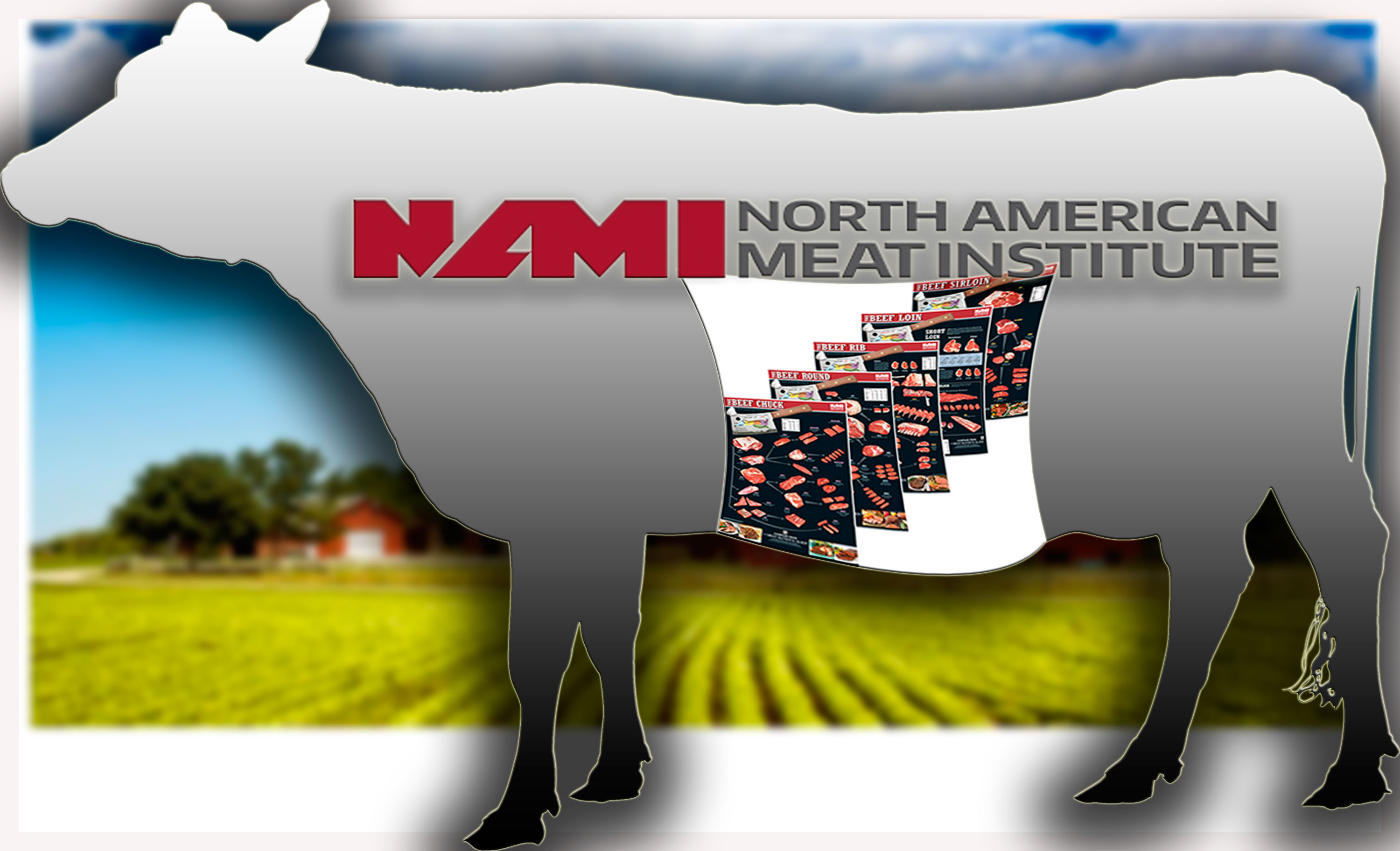NAMI: Market Fundamentals drive the beef & cattle market

The North American Meat Institute today said market fundamentals drive the beef and cattle market and additional government intervention will have unintended consequences for livestock producers, packers and consumers
“Long time critics of the meat and poultry industry are again proposing additional regulations and shortsighted market interventions that do not consider the basic laws of supply and demand. Many of these proposals have already failed in practice or before the courts,” said Meat Institute President and CEO Julie Anna Potts. “The beef market is dynamic, with recent challenges due to labor shortages and the COVID pandemic rather than problems with market structure.
“The members of the Meat Institute – and their livestock suppliers – benefit from, and depend on, a fair, transparent and competitive market. The North American Meat Institute is prepared to discuss these issues and work with the Administration and the Congress on the issues facing the industry.”
“No sector – cow-calf, feedlot, nor packer – has realized positive margins every year”
The Meat Institute made these remarks in written testimony submitted to the U.S. Senate Committee on Agriculture, Nutrition and Forestry for a hearing entitled, “Examining Markets, Transparency, and Prices from Cattle Producer to Consumer.”
The testimony provides a comprehensive picture of the dynamic and growing beef industry and an analysis of rhetoric surrounding oversight of the market, antitrust issues and the market forces at play.
Of particular interest is a new analysis (pages 8 and 9 of the testimony), using USDA data, of the profit margins of the three sectors of the fed cattle industry: cow-calf producers, feeders and packers. The data show that over the last 25 years, while the four-firm concentration ratio in the fed cattle market has remained relatively constant, it has not ensured packer profitability at the expense of producers.
“No sector – cow-calf, feedlot, nor packer – has realized positive margins every year,” Potts said. “For example, the four-firm ratio in 2014, when cow-calf and feedlot profit margins were at record highs, was the same as in 2017 when all three sectors showed positive margins. However, over this 25-year timeline, the cow-calf sector incurred negative margins the fewest number of years of the three.”
In addressing calls for additional packer capacity as a solution to the challenges due to the COVID pandemic, the testimony demonstrates that packer capacity is already growing as a result of market forces, without government intervention.
“These new entrants or company expansions were based on decisions to build or expand based on market conditions, not because of government intervention. Government interference into the market could well undermine this industry growth,” said Potts.
“During the pandemic, small and midsize beef slaughter and processing companies endured the same challenges large companies faced, perhaps more so. Artificially creating more, smaller regional harvest facilities will not prevent future market disruptions nor protect cattle producers from cyclical or volatile markets. The unintended outcome could be the opposite.”
The Meat Institute’s comments submitted earlier this week in response to U.S. Secretary of Agriculture Tom Vilsack’s request for comments on efforts to improve supply chains for the production of agricultural commodities and food products.












